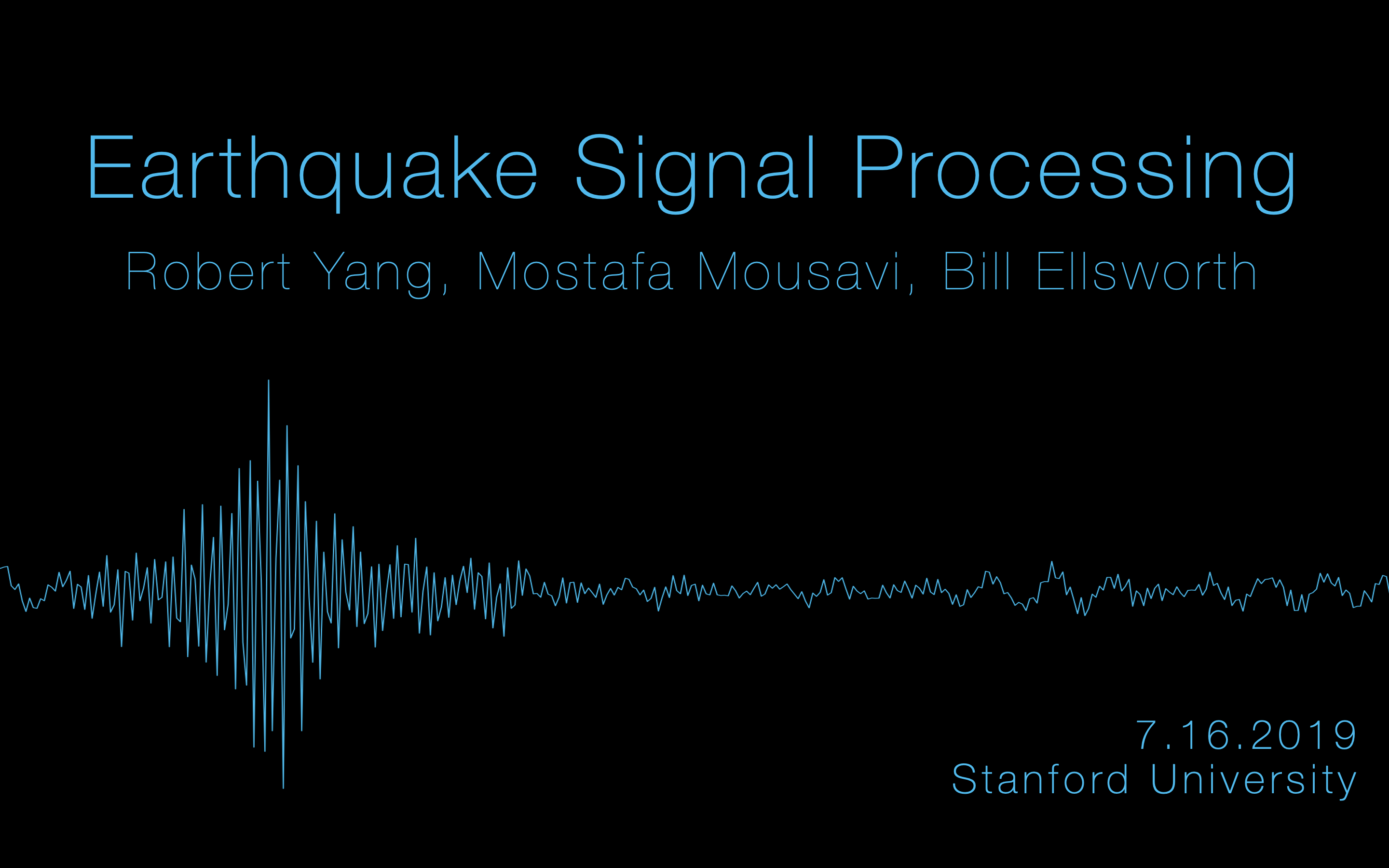Research Assistant in Stanford Geophysics
(2019)
Skills involved: Computer Vision, Signal Processing, Machine Learning, Data Analysis, Python
Last summer, I worked on earthquake signal processing and detection at Stanford Geophysics, where I used Python (ObsPy, NumPy, SciPy, Matplotlib, and cv2) to build a data pipeline to process (denoise) the data and subsequently detect extremely small earthquakes in the data that are difficult to find even with human expertise. The data was noisy and I used signal processing techniques such as filtering in order to remove unwanted noise but preserve useful signal. Then, by first converting the signal into frequency domain images, I was able to apply computer vision to detect and amplify edges in the signal which signified earthquakes. I then used machine learning (K-means clustering) to cluster patches of the signal into "earthquake" and "non-earthquake" signal, which allowed me to use the clusters to identify earthquake picks for new data.







